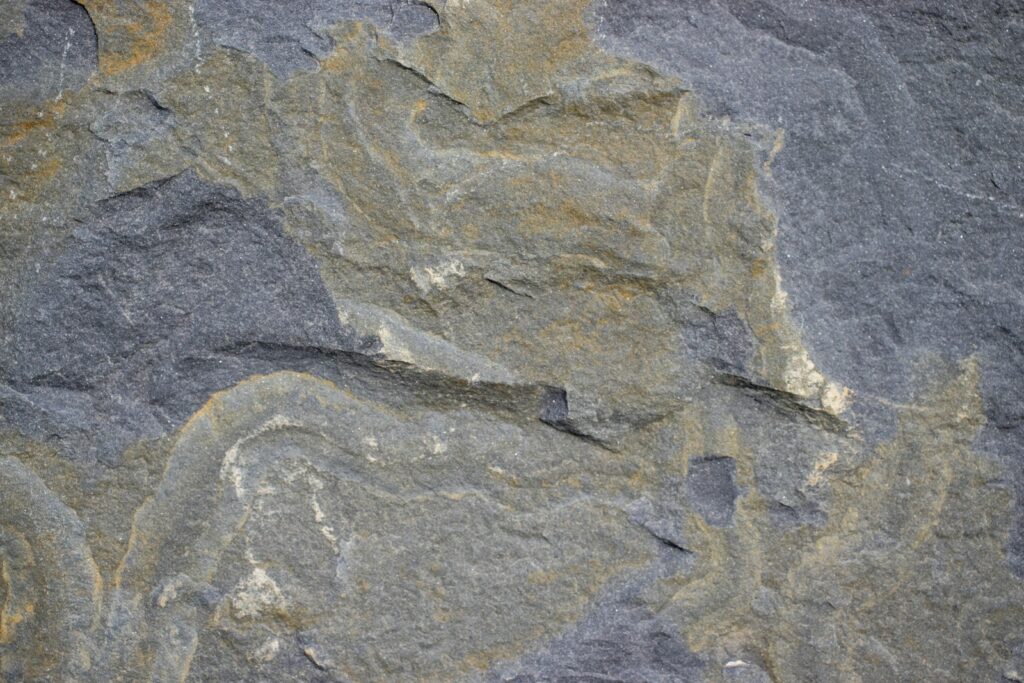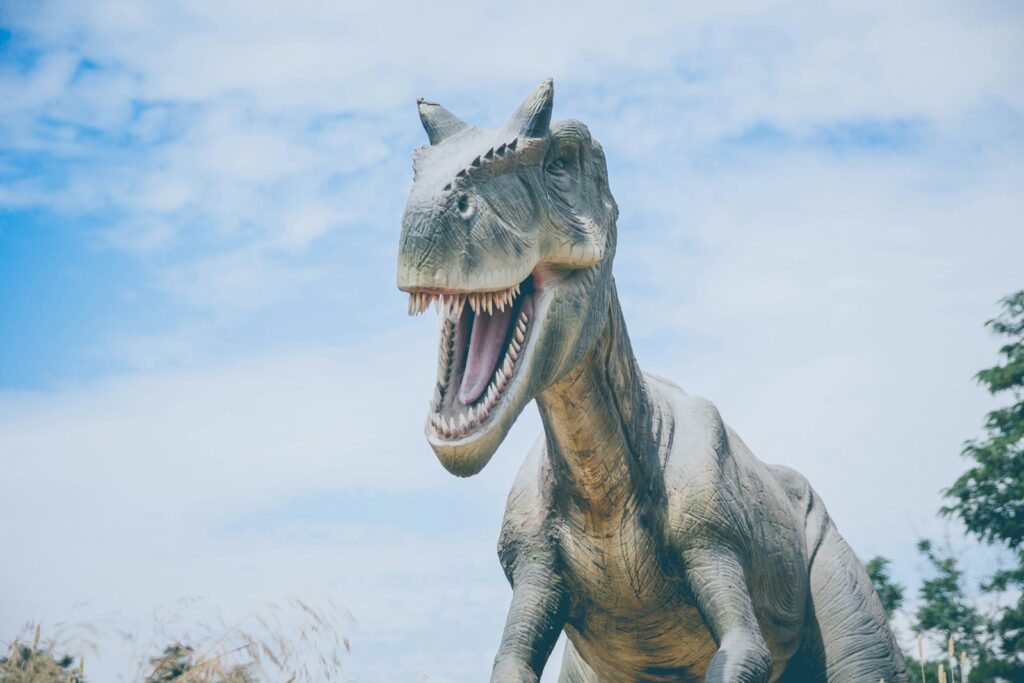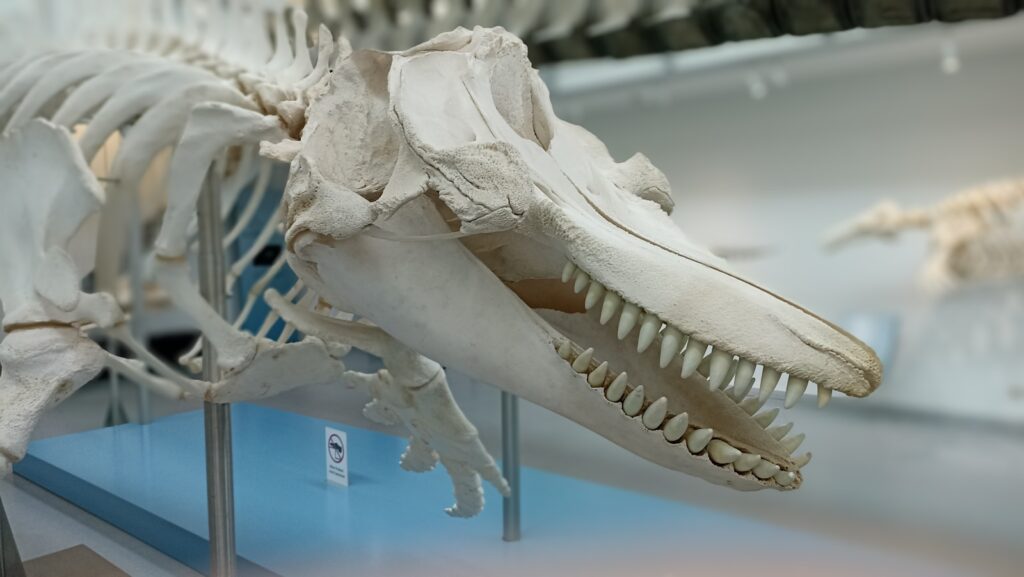The catastrophic event that wiped out the dinosaurs 66 million years ago marks one of the most significant turning points in Earth’s history. While the mighty dinosaurs that had dominated terrestrial ecosystems for over 160 million years perished, a small group of seemingly insignificant creatures managed to endure: the early mammals. These resilient beings not only survived one of the planet’s most devastating mass extinctions but went on to diversify into the remarkable array of mammalian species we see today, including humans. Their survival story represents one of evolution’s most fascinating tales of adaptation and opportunity, revealing how catastrophe for one group became the catalyst for another’s rise to ecological prominence.
The K-Pg Extinction Event: A World in Chaos

The Cretaceous-Paleogene (K-Pg) extinction event, formerly known as the K-T extinction, was triggered when a massive asteroid approximately 10-15 kilometers in diameter struck Earth near what is now the Yucatán Peninsula in Mexico. The impact created the 180-kilometer Chicxulub crater and unleashed devastation on a global scale. The immediate aftermath included massive tsunamis, global wildfires ignited by superheated ejecta, and a “nuclear winter” as dust and debris blocked sunlight for months or possibly years. Approximately 75% of all species on Earth perished during this cataclysm, including all non-avian dinosaurs, pterosaurs, many marine reptiles, and countless plant species. These conditions created perhaps the most challenging survival scenario in the last half-billion years of Earth’s history, a veritable crucible that would test the adaptability of any remaining life forms.
Small Size: The Survival Advantage

One of the most critical advantages early mammals possessed was their small size, with most weighing less than a pound – many no larger than modern shrews or mice. This diminutive stature provided several key survival benefits during the extinction crisis. Small animals require significantly less food to sustain themselves compared to large-bodied dinosaurs, allowing mammals to survive on minimal resources during the post-impact period of extreme scarcity. Their small size also enabled them to utilize microhabitats such as burrows, hollow logs, and rock crevices, which provided crucial protection from harsh conditions. These sheltered environments would have buffered them from temperature extremes and offered protection from the initial impact fallout. Additionally, the high surface area-to-volume ratio of small animals allowed for faster adaptation and evolution across generations, contributing to mammals’ remarkable survival through the extinction boundary.
Dietary Flexibility: Opportunistic Eaters

Early mammals possessed remarkable dietary flexibility that proved crucial for their survival during the post-extinction environmental chaos. Unlike many specialized dinosaurs that depended on specific plant or animal food sources, most mammals of this era were omnivorous opportunists, capable of consuming a wide variety of foods. This adaptability allowed them to shift their diets as different food resources became available or scarce. Fossil evidence shows that many early mammals had dentition suited for processing multiple food types, including insects, seeds, fruits, small vertebrates, and even carrion. During the immediate aftermath of the asteroid impact, when plant life was devastated by darkness and cold, the ability to scavenge or consume detritus and insects would have been particularly valuable. This dietary flexibility essentially provided early mammals with a survival insurance policy – when one food source disappeared, they could simply switch to another available option.
Nocturnal Adaptations: Pre-Trained for Darkness

Before the extinction event, mammals had already evolved as predominantly nocturnal creatures, an adaptation that had developed during their long co-existence with dinosaurs, who dominated daytime ecological niches. This nocturnal lifestyle had equipped early mammals with sensory adaptations that proved fortuitously beneficial during the post-impact darkness. Mammals had evolved enhanced senses of smell and hearing, with many possessing specialized ear structures capable of detecting low-frequency sounds. Their eyes had adaptations for low-light vision, including a higher proportion of rod cells. When the asteroid impact filled Earth’s atmosphere with sun-blocking dust and debris, creating what scientists describe as an “impact winter,” these pre-existing adaptations to darkness gave mammals a significant survival advantage. While many diurnal species struggled in the extended darkness, mammals could continue navigating, foraging, and hunting in low-light conditions, having effectively “pre-trained” for this apocalyptic scenario through millions of years of nocturnal living.
Endothermy: Warm-Blooded Survival

The endothermic (warm-blooded) physiology of mammals represents one of their most significant survival advantages during the extinction crisis. Unlike reptiles and dinosaurs that largely depend on external heat sources to regulate their body temperature, mammals can generate their internal heat through metabolic processes. This adaptation proved crucial during the prolonged “impact winter” when global temperatures plummeted dramatically. Endothermy allowed early mammals to remain active during cold periods when many ectothermic animals would have become sluggish or completely inactive. Their ability to maintain optimal body temperature regardless of environmental conditions enabled continued foraging, predator avoidance, and reproductive activities even in harsh conditions. Additionally, the insulating fur that had evolved in early mammals provided further temperature regulation benefits, helping them conserve vital body heat during the extinction event’s prolonged cold period while also offering some protection from increased ultraviolet radiation after the impact.
Burrowing Behaviors: Underground Sanctuaries

Many early mammals were proficient burrowers, an adaptation that provided critical protection during the extinction event’s most severe phases. Fossil evidence shows that numerous mammal species from this period had physical adaptations consistent with digging behaviors, including strong forelimbs, sturdy claws, and specialized shoulder structures. These underground retreats would have shielded them from multiple lethal aspects of the extinction event. Burrows provided immediate protection from the initial thermal pulse that followed the asteroid impact, which may have incinerated exposed animals across vast regions. The underground environment also buffered against temperature extremes during both the heat pulses and the subsequent global cooling. Additionally, burrows offered protection from acid rain, toxic metals, and other atmospheric contaminants that became widespread after the impact. Archaeological evidence suggests that many vertebrate survivors of the extinction were similarly adapted for burrowing or aquatic lifestyles, highlighting the critical survival value of subterranean habitats during this catastrophic period.
Rapid Reproduction: Generational Advantages

The reproductive strategies of early mammals provided crucial advantages for surviving through the extinction bottleneck. Unlike dinosaurs, which generally produced relatively few offspring with long maturation periods, mammals typically exhibited high reproductive rates with multiple offspring per litter and shorter generation times. This reproductive efficiency allowed mammal populations to recover more quickly from population crashes and adapt more rapidly to changing conditions through natural selection. Many early mammals likely reached sexual maturity within months rather than years, potentially producing several generations within the timespan that would represent just one generation for larger dinosaurs. This accelerated reproductive cycle created more opportunities for advantageous mutations and adaptations to emerge and spread through populations. Additionally, the parental care characteristic of mammals, including nursing young with nutrient-rich milk, increased offspring survival rates during resource-scarce periods, ensuring that more individuals reached reproductive age despite the challenging environmental conditions.
Exploiting New Ecological Niches

The mass extinction event created a dramatically restructured global ecosystem with numerous vacant ecological niches previously occupied by dinosaurs and other extinct groups. Early mammals demonstrated remarkable adaptability in rapidly exploiting these newly available opportunities. As the environment gradually recovered in the early Paleogene period, mammals began a period of adaptive radiation, diversifying into numerous specialized forms. Some early mammals expanded into herbivore niches, developing specialized dentition for plant processing, while others evolved into predator roles previously dominated by carnivorous dinosaurs. The fossil record shows an explosion of mammalian diversity in the 10 million years following the extinction, with mammals increasing in body size and ecological specialization at unprecedented rates. This ability to opportunistically expand into vacant niches represents not just a survival strategy but also explains how mammals ultimately became the dominant terrestrial vertebrates. The extinction essentially reset ecological communities, creating an evolutionary playing field where the surviving mammals’ adaptability could be fully expressed.
Insect Consumption: A Critical Food Source

Insects and other invertebrates appear to have weathered the extinction event better than many larger animals, providing a relatively stable food resource that many early mammals exploited. Fossil evidence indicates that numerous early mammal species had dentition specialized for insectivory, with sharp, pointed teeth ideal for penetrating arthropod exoskeletons. This dietary specialization proved advantageous during the post-impact period when other food sources were severely limited. Insects possess remarkable resilience to environmental disturbances, with their short generation times, diverse feeding habits, and protected developmental stages like pupae allowing their populations to recover rapidly. Many insects could have survived in larval forms in soils, aquatic environments, or as eggs, emerging after the most severe conditions subsided. For mammals already adapted to consume these invertebrates, this represented a crucial nutritional lifeline during a time when plant productivity had collapsed and larger prey animals had largely disappeared. The ability to efficiently harvest this protein-rich food source likely contributed significantly to mammalian survival through the extinction boundary.
Brain Development: Problem-Solving Capacity

While early mammals had relatively small brains compared to their modern descendants, they possessed greater brain-to-body size ratios than contemporary reptiles, suggesting enhanced cognitive abilities that may have contributed to their survival. This neural development likely supported more complex problem-solving, learning, and behavioral flexibility – critical traits during rapidly changing environmental conditions. Fossil evidence indicates that mammals from this period had expanded cerebral hemispheres compared to earlier mammaliaforms, suggesting an improved capacity for processing sensory information and adapting behaviors accordingly. The ability to learn from experience, remember food locations, recognize dangerous situations, and modify behaviors based on changing conditions would have provided significant survival advantages during the post-extinction chaos. Additionally, the enhanced neural control of motor functions in mammals allowed for more precise movements and better coordination, improving their foraging efficiency and predator evasion capabilities. Though modest by modern standards, these cognitive advantages likely represented another factor in the survival equation for early mammals navigating the post-apocalyptic landscape.
Social Behaviors: Strength in Numbers

Evidence suggests that some early mammals exhibited social behaviors that may have enhanced their collective survival prospects during the extinction crisis. Fossil discoveries of multiple individuals preserved together indicate that certain mammal species lived in family groups or small communities rather than solitary existences. These social structures would have provided numerous survival benefits during the challenging post-impact period. Group living offers enhanced predator detection through multiple vigilant individuals, increased foraging efficiency through information sharing, and the possibility of cooperative care for young. Social thermoregulation, where individuals huddle together to conserve body heat, would have been particularly valuable during the prolonged cold period following the asteroid impact. Additionally, social learning – the ability to acquire survival skills by observing other group members – would have accelerated the adoption of successful adaptive behaviors across populations. While not all early mammals were social, those species that did exhibit these behaviors may have gained critical advantages that contributed to their lineages’ survival through the extinction boundary.
Paleontological Evidence: The Fossil Record Speaks

The fossil record provides compelling evidence for the survival strategies of early mammals across the K-Pg boundary. Recent discoveries in the Hell Creek Formation in Montana and similar deposits have yielded remarkable insights into mammalian resilience. Fossil mammals from immediately before and after the extinction show a pattern of continuity in small-bodied, generalist species, while more specialized forms disappeared. Stable isotope analyses of mammalian teeth spanning this period reveal shifts in diet corresponding to changing plant communities, demonstrating their dietary flexibility. Importantly, the fossil record shows that while mammalian diversity temporarily decreased at the boundary, it recovered and expanded rapidly in the early Paleogene, with an explosion of new forms within just a few million years after the extinction. Detailed studies of tooth wear patterns in post-extinction mammals indicate shifts toward more generalized diets compared to their Cretaceous ancestors. Additionally, trace fossils showing burrow systems become more prevalent in geological layers corresponding to the extinction event, supporting the importance of burrowing behaviors for survival. This growing body of paleontological evidence continues to refine our understanding of exactly how mammals navigated through one of Earth’s most profound biotic crises.
The Legacy of Survival: Modern Mammals

The survival of early mammals through the K-Pg extinction event represents one of the most consequential evolutionary bottlenecks in Earth’s history, fundamentally shaping the development of terrestrial ecosystems and ultimately leading to our existence. The adaptations that allowed these early mammals to endure – small size, metabolic efficiency, reproductive strategies, and behavioral flexibility – became foundational traits that influenced mammalian evolution for the next 66 million years. In the emptied post-extinction world, surviving mammal lineages underwent explosive adaptive radiation, diversifying into thousands of species and countless ecological niches. From the tiny descendants of those first survivors emerged not only familiar modern forms like rodents and insectivores but also spectacular evolutionary innovations, including bats, whales, elephants, and primates. The cognitive capabilities that may have helped early mammals survive eventually evolved into the remarkable intelligence of cetaceans, great apes, and humans. This extraordinary diversification from a small group of survivor species demonstrates the transformative power of mass extinctions in redirecting evolutionary trajectories, turning ecological catastrophe into opportunity for previously marginalized groups to reshape the biosphere.
The Evolutionary Triumph of Early Mammals

In conclusion, the survival of early mammals through the dinosaur extinction represents one of evolution’s most remarkable success stories. Through a combination of pre-existing adaptations and fortunate ecological circumstances, these small, unassuming creatures endured conditions that vanquished the dominant vertebrates of their era. Their story reveals how evolutionary preparation for one challenge – competing with dinosaurs by becoming small, nocturnal, and adaptable – inadvertently prepared mammals for an entirely different challenge: surviving a global catastrophe. This evolutionary turning point set the stage for mammals to diversify into countless forms, eventually giving rise to our species. As we face contemporary environmental changes, the ancient survival story of our distant ancestors reminds us of both the fragility of ecological systems and the remarkable resilience of life when equipped with the right adaptations.




